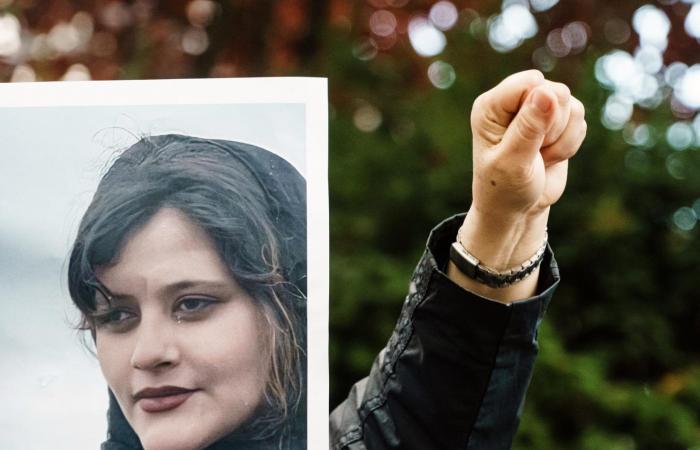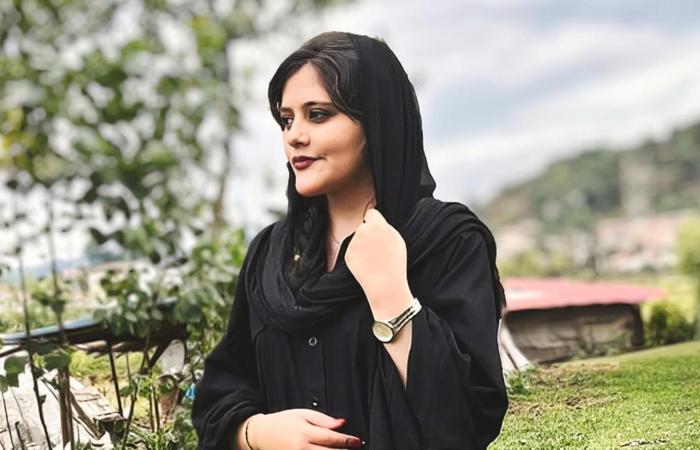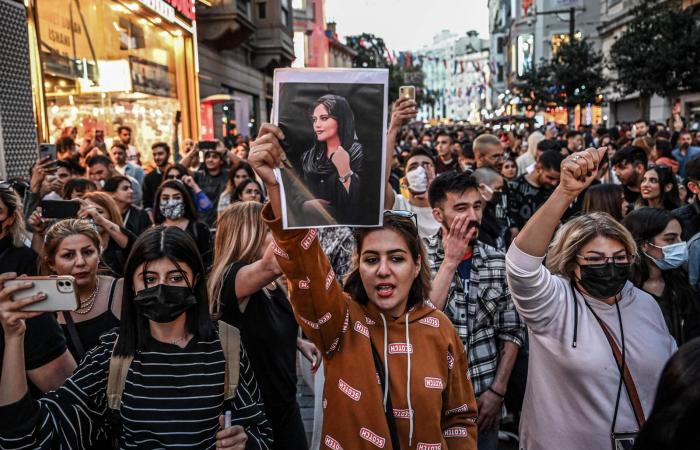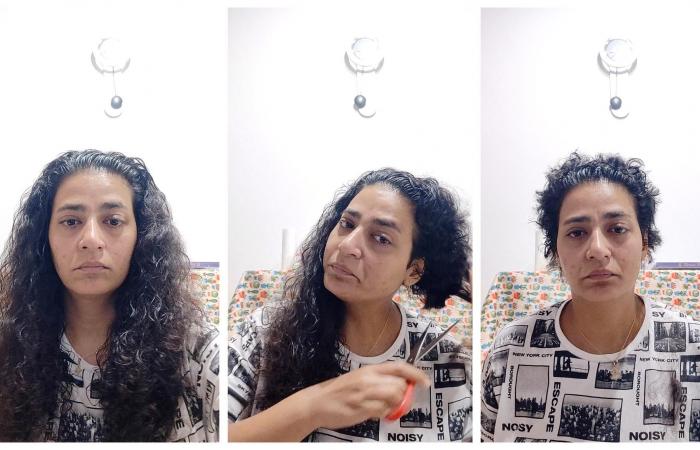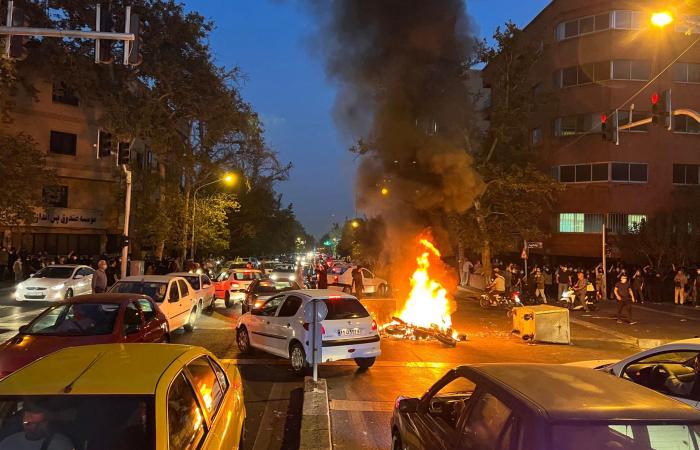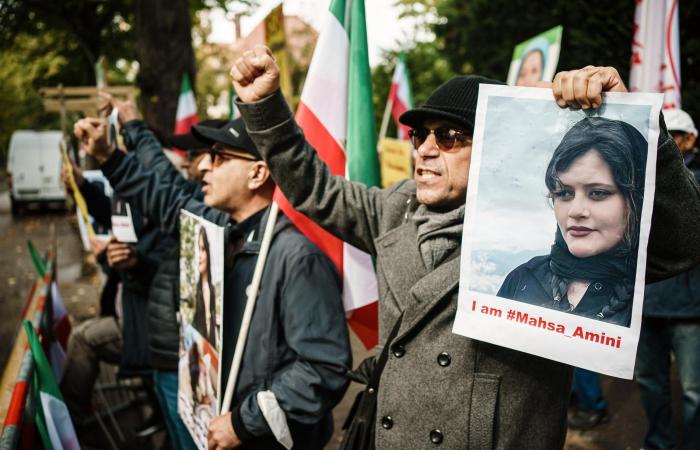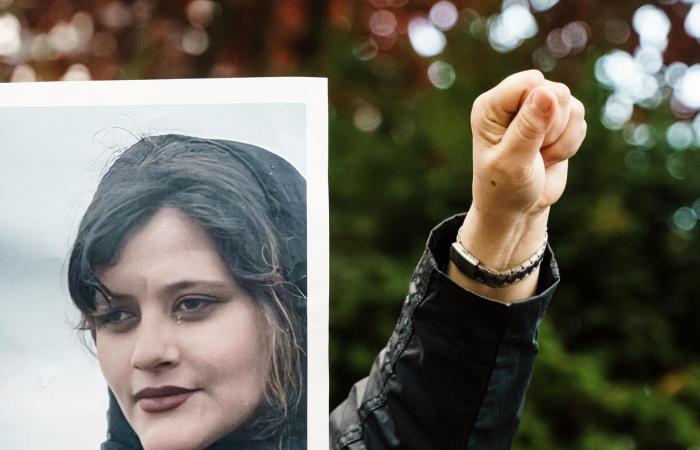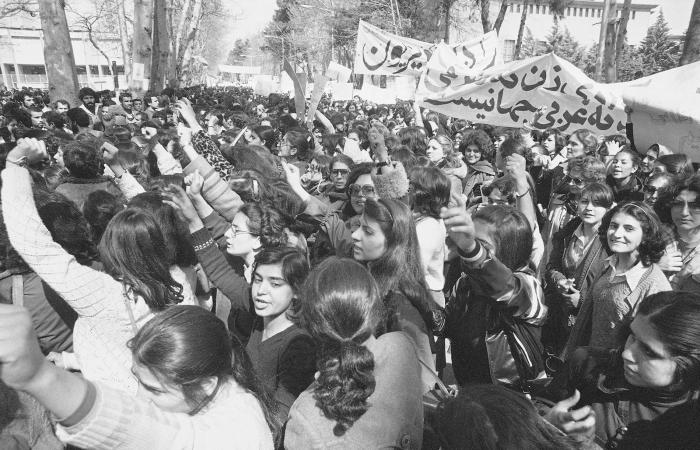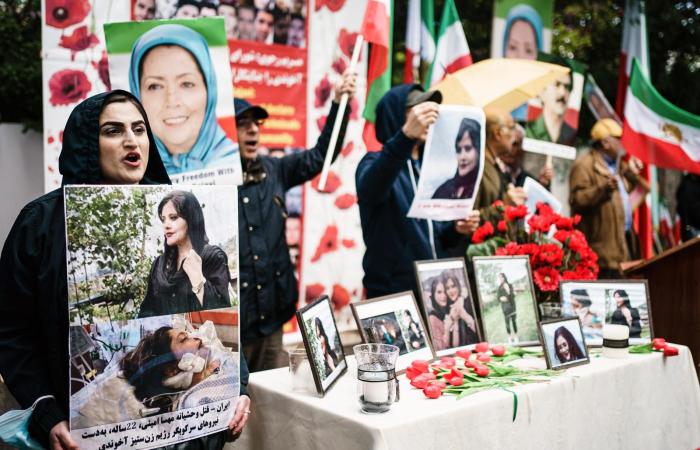Two police cars drive up to the shopping centre. Fear spreads quickly. The moral police are on the hunt. Women are free game.
Less than 20 minutes ago
Four police officers search the shops and soon find a victim. They are taking a young woman with them. I ask what she has done. It is explained to me that she is not decent. She wore a belt.
She is publicly humiliated by the regime’s zealous servants. She must be taken into custody as soon as possible to be retrained.
This weekend I was reminded of what I saw in Tehran many years ago. On Friday, 22-year-old Mahsa Aminis died in the custody of the morality police.
She had been arrested in Tehran three days earlier for violating the regime’s strict dress code for women, allegedly by improperly wearing a hijab.
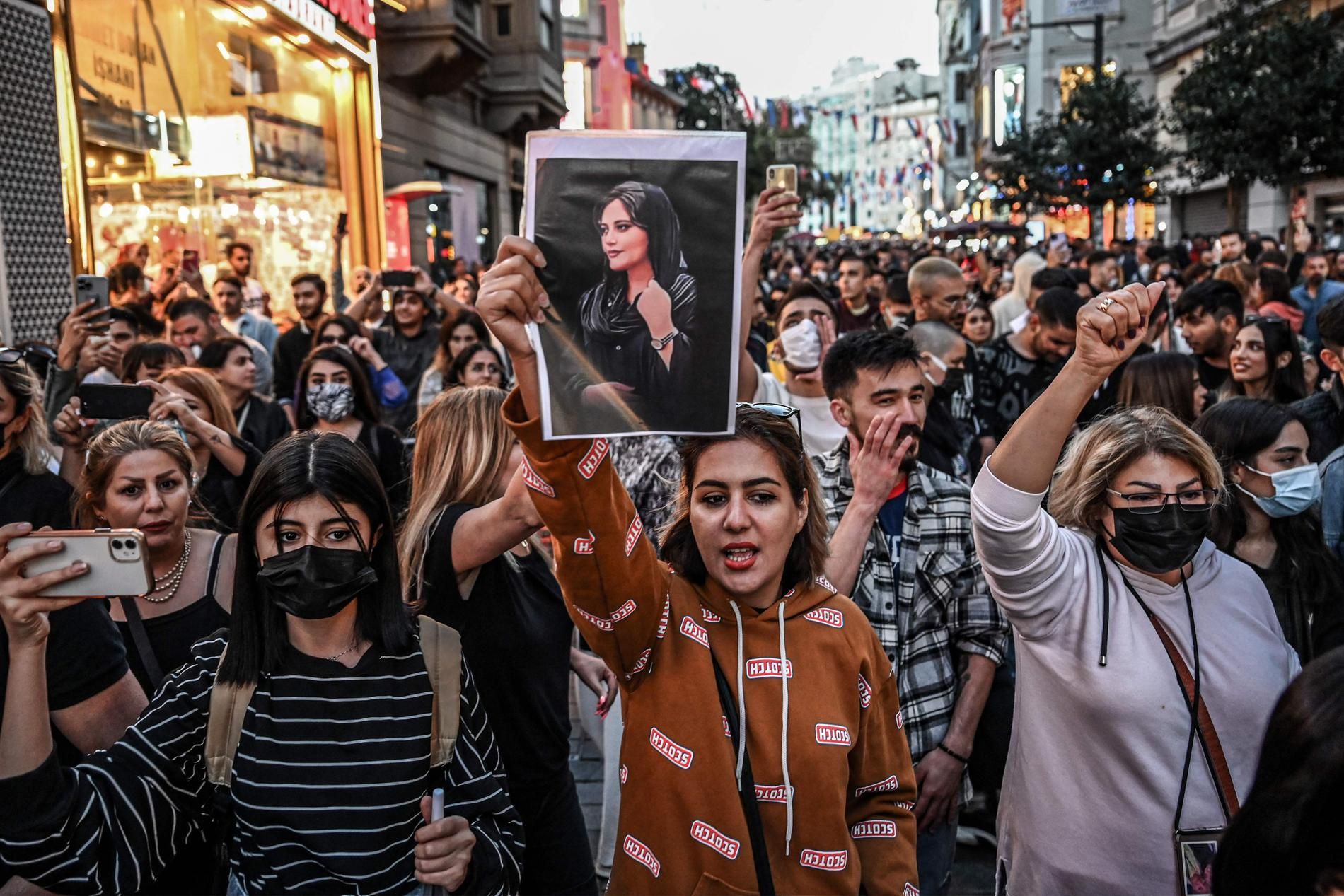
The authorities claim that she was not beaten or mistreated in their custody. They claim that heart disease caused her to fall into a coma and later die.
Those who know Mahsa Amini best say she was a healthy and fit 22-year-old.
The regime is not believed, neither in Iran nor outside the country’s borders.
The UN High Commissioner for Human Rights, Nada Al-Nashif, reacts strongly to the death of Mahsa Amid and to the security forces’ use of violence against demonstrators in recent days.
Reference is made to reports that Mahsa Amini was allegedly hit in the head with a baton and that her head was then hit against a moral police car.
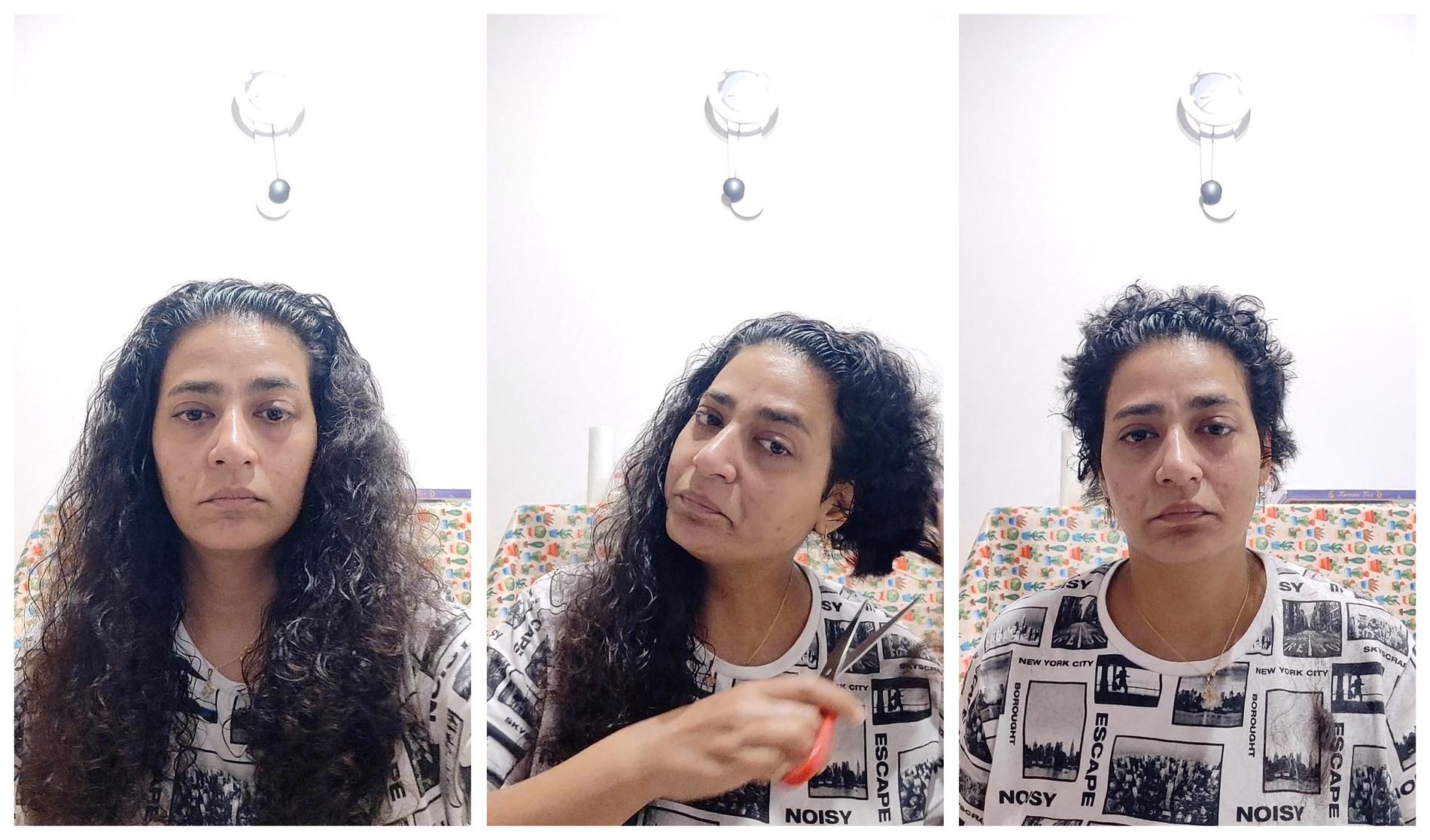
Human Rights Watch writes about another woman who was arrested this summer on the same grounds.
She was allegedly beaten in prison and taken to hospital with internal bleeding. She was then forced to appear on state television and apologize.
This is a regime that harasses, threatens and beats women into obedience.
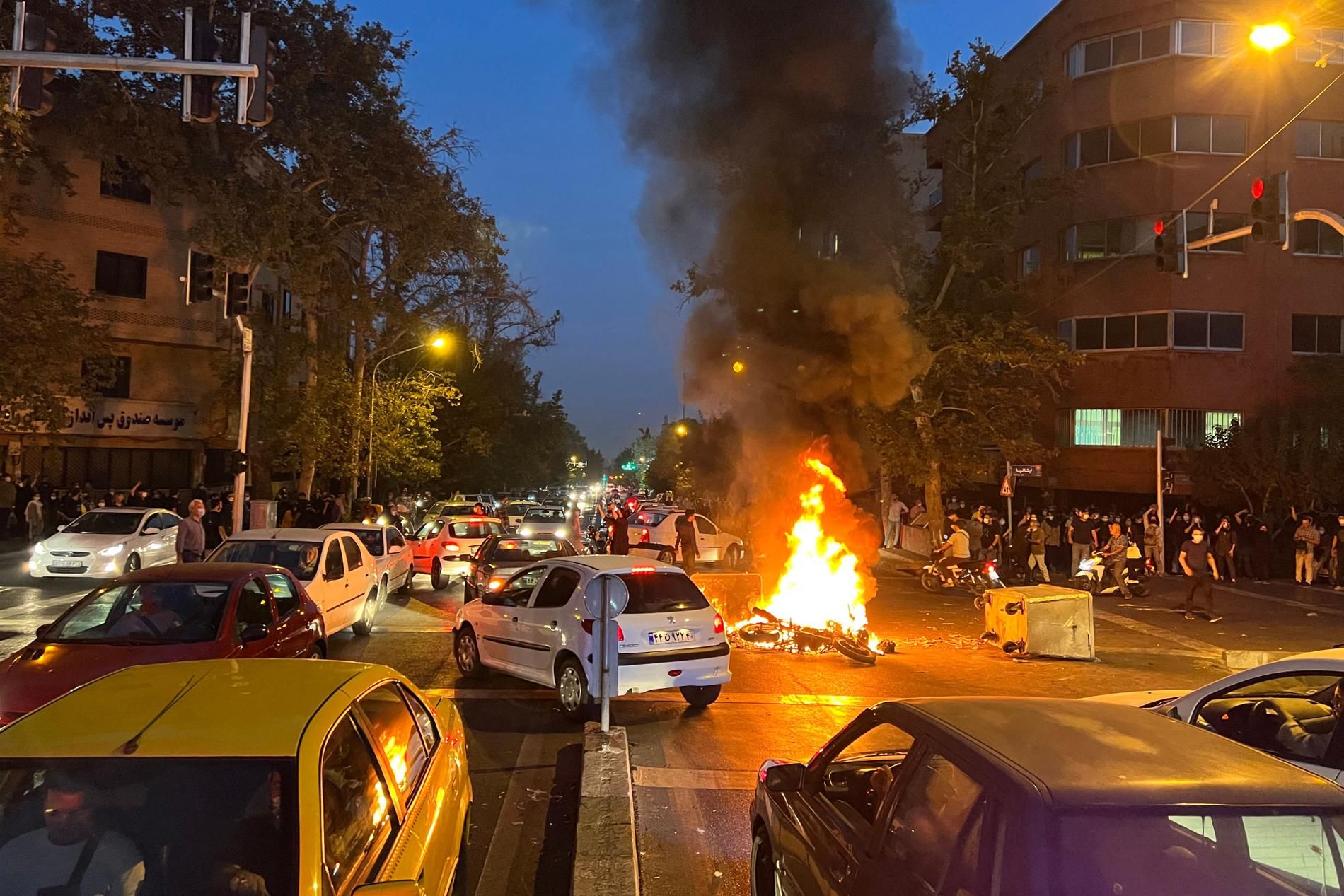
I have seen in the past how riot police have beaten peaceful female protesters with batons in the streets of Tehran, and how paramilitary militia on motorcycles terrorize the streets to break up any approach to protest.
No one knows better than the Iranians themselves what the regime is capable of. Many have no confidence in the regime’s explanations.
In the last few days there have been demonstrations in towns and villages following Mahsa Amini’s death. Some burn their hijab. Others cut their hair. At the University of Tehran, the protesters shout: Women. Life. Freedom.
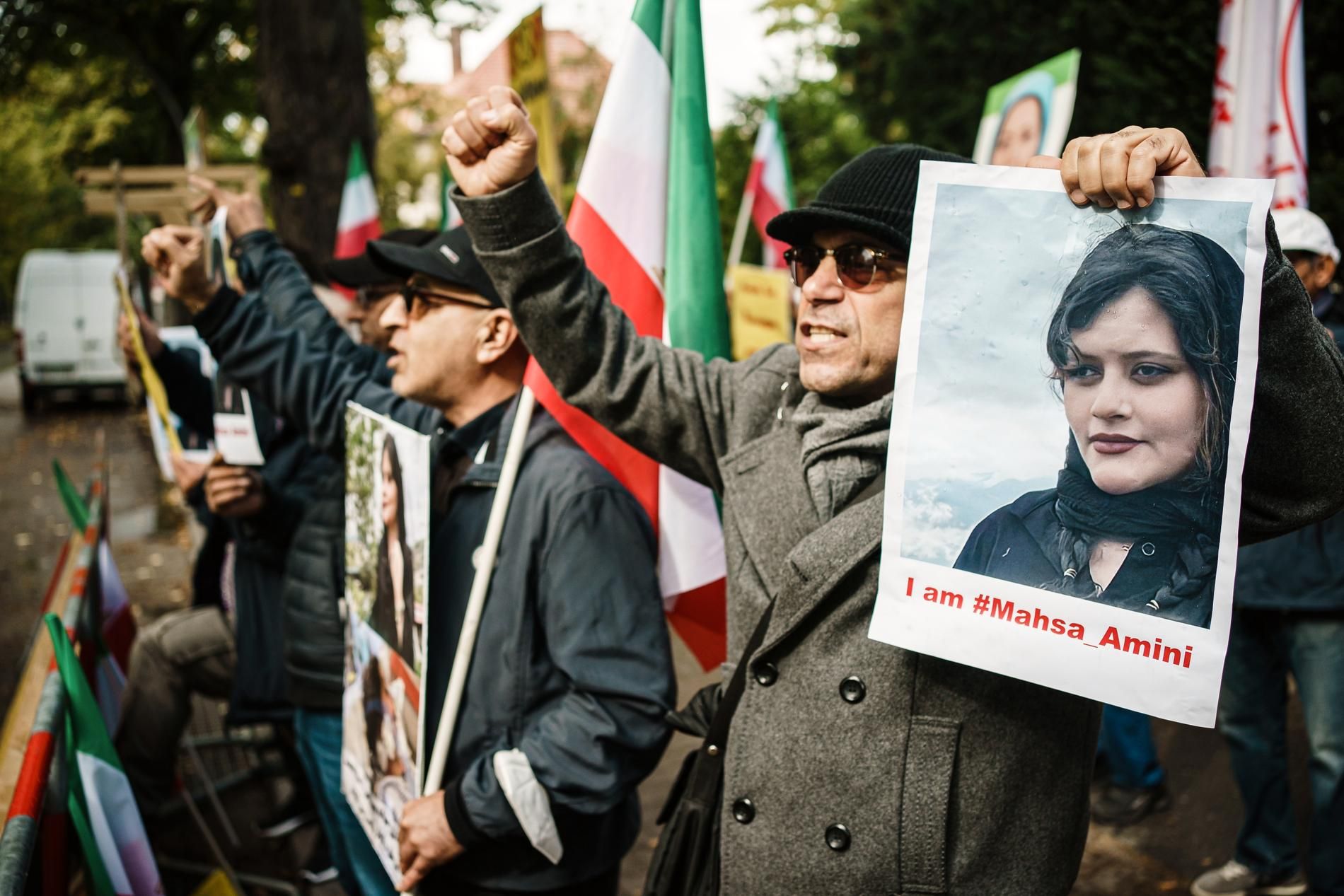
Mahsa Amini’s death has ignited a fury against a misogynistic system.
There is grief and anger, but also a renewed resilience. The hashtag MahsaAmini has become one of the most shared or discussed ever on Twitter in Iran, more than two million times.
The commitment is sure to worry the guardians of high morals.
As usual, the regime uses its iron fist against internal unrest. Reuters reports that five were killed when security forces opened fire on protesters in the Kurdish region.
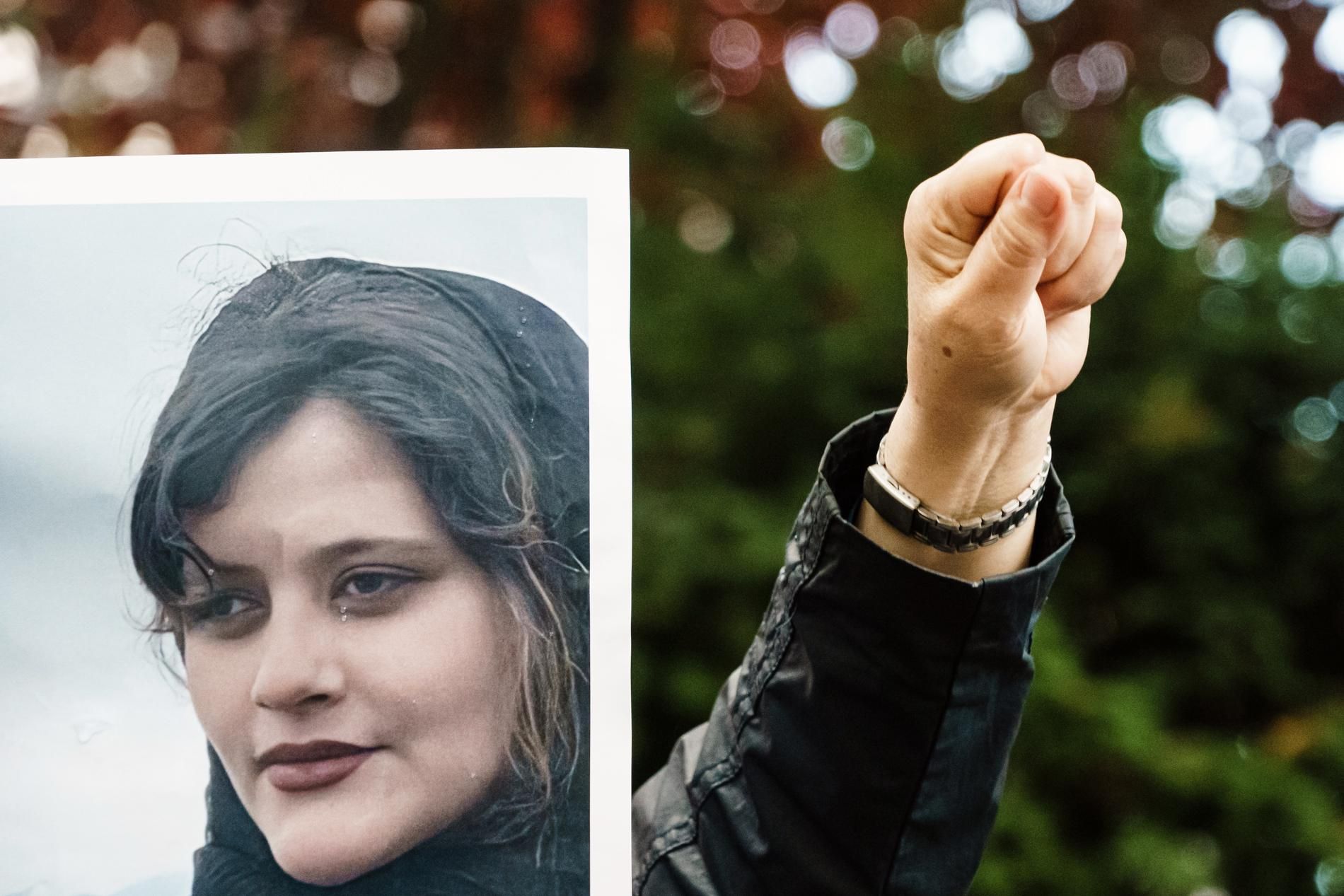
The protests have spread from the Kurdish areas, where Amini came from, to cities across large parts of the country. The authorities admit that there have been demonstrations in many cities in seven provinces.
Women in the Islamic Republic are required to cover their hair and wear long, loose-fitting clothing.
Those who violate Iran’s Sharia law can be arrested, forced to retrain and ordered to pay fines.
In the case of Mahsa Amini, it ended in death.
In the Islamic Republic, discrimination against women is systematic. In the judiciary, a man’s word carries twice as much weight as a woman’s testimony.
Women receive only half of the inheritance a man receives. It is easy for a man to get a divorce and all the more difficult for a woman.
Iran’s President Ebrahim Raisi has ordered that the country’s hijab and chastity laws be enforced even more strictly than before. Subjecting the country’s women to strict control is obviously a high priority task for the regime.

Iranian women are more active in public life than many of their sisters in the Middle East. University studies were opened to women in the 1930s.
Today, more women than men study at the country’s universities. Women gained the right to vote in 1963 and they played an important role during the 1979 revolution that overthrew the Shah’s rule.
The bloody power struggle that followed the revolution was won by the religious fundamentalists. Then it was mandated for women to wear the hijab and follow a specific dress code.
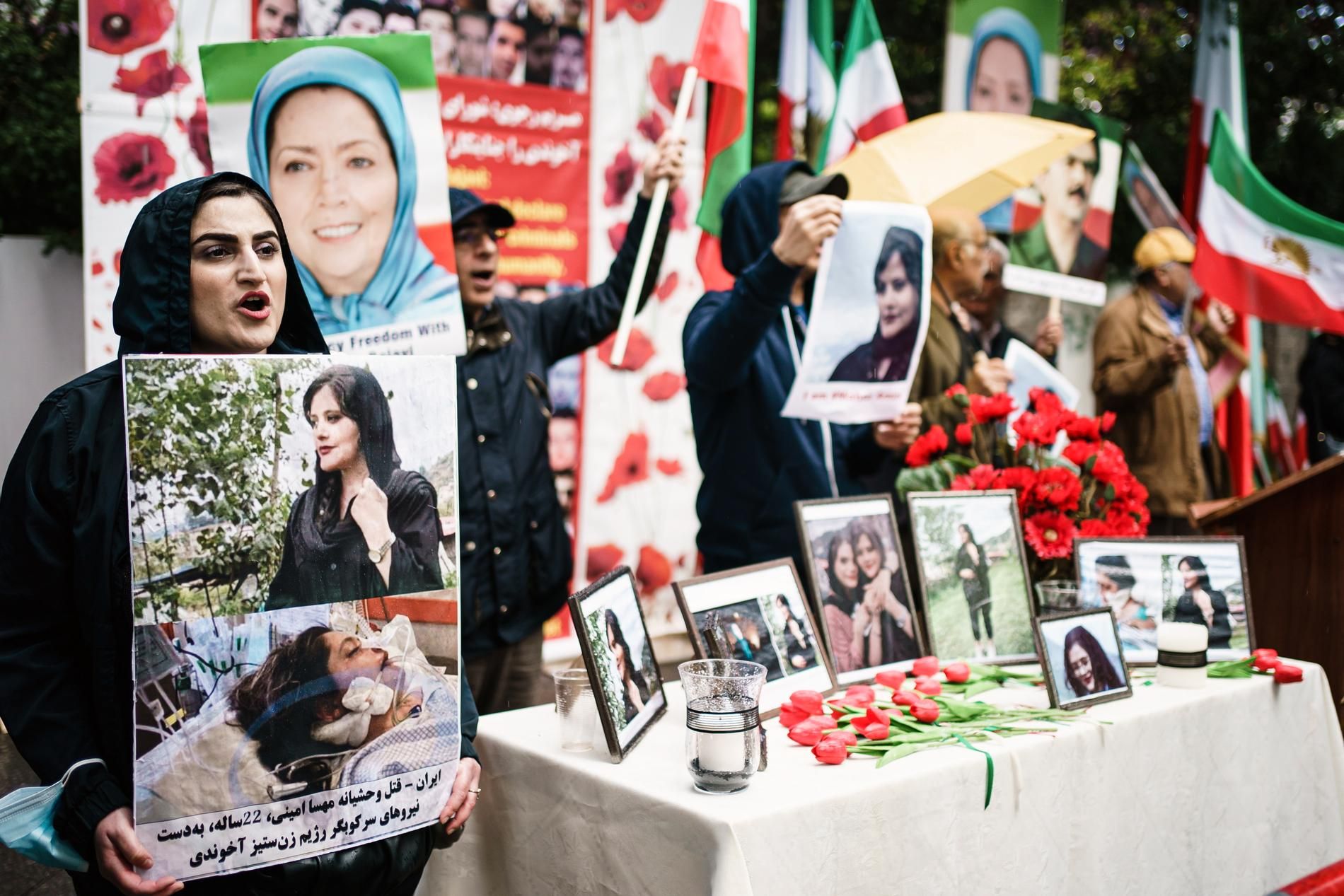
There are many conservative religious women in Iran, but also many liberal women who want reforms. There are brave activists who openly defy the authorities, even if it means persecution and many years in prison.
At the same time as the authorities are tightening the rules for women’s clothing, there is a growing movement to remove the order.
And this movement can unite Iranians across political and religious divides.
Now some women who choose to wear the hijab are also protesting. A few politicians and some Shia Muslim scribes also support the demand.
However, the guardians of the Islamic revolution fear what might happen if women are given freedom. The women can become a driving force for major positive changes in Iran.
The old revolutionaries have become ultra-conservative defenders of the status quo. They are protecting themselves and the power they have over the Iranian people.

